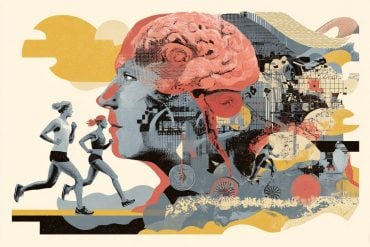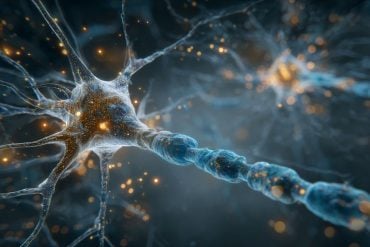Summary: Adolescent anxiety is on the rise globally, and a new Perspective argues that its roots may begin long before birth. Researchers highlight how maternal stress, caregiving quality, and early environmental cues influence the development of brain systems that regulate emotion and executive function.
These early-life signals may prepare children for future adversity, but if the environment shifts, that preparation can backfire, leading to anxiety in adolescence. As social and technological landscapes change rapidly, the mismatch between early expectations and lived experiences may be amplifying mental health struggles among youth.
Key Facts:
- Early Influence: Prenatal stress and caregiving quality shape brain systems tied to emotional regulation.
- Developmental Mismatch: Early-life cues may prime children for danger, causing anxiety if threats don’t materialize.
- Policy Implications: Lifespan-focused, preventative mental health strategies must start in early childhood.
Source: AAAS
In a Perspective, Mark Hanson and Peter Gluckman explore how maternal stress, caregiving quality, and early environmental conditions can shape the development of executive functions and emotional regulation in children, and how these factors contribute to the emergence of anxiety disorders in young people.
Mounting evidence reveals a significant rise in anxiety disorders among adolescents ages 12 to 19, especially in developing countries like the United States, which cannot be fully explained by contemporary stressful events like the COVID-19 pandemic.
This pattern suggests that broader longer-term societal or developmental factors are driving the growing prevalence of adolescent anxiety.
Here, Hanson and Gluckman highlight how environmental conditions in the earliest stages of life – beginning even before birth – can significantly shape a child’s developing brain, particularly the systems responsible for emotional regulation and executive functioning.
According to the authors, these early cues may “prepare” children for adversity, but if the anticipated threats never fully materialize as they grow, such heightened emotional responses may lead to anxiety disorders, especially in adolescence.
This mismatch is further compounded by the rapid and dynamic social and technological changes young people now face.
“Societies face an emerging burden of mental health issues, especially in young people. Although appropriate interventions are needed to help those already affected, preventative approaches are also critical,” write Hanson and Gluckman.
“Solutions will need to adopt a lifecourse perspective, involving more cohesive thinking about parental and caregiver support and the early childhood years by policymakers across health, education, and social welfare.”
About this neuroscience and anxiety research news
Author: Science Press Package Team
Source: AAAS
Contact: Science Press Package Team – AAAS
Image: The image is credited to Neuroscience News
Original Research: Open access.
“Growing anxious–Are preschoolers matched to their futures?” by Mark A. Hanson et al. Science
Abstract
Growing anxious–Are preschoolers matched to their futures?
Anxiety is an emotion that, in evolutionary terms, can have an adaptive role in ensuring alertness to potential danger.
In animals, stresses such as population density, predators, and food availability can act, through maternal cues, on the prenatal and early postnatal development of stress responses in offspring.
Such maternal and perinatal effects, which operate across a wide range of taxa, lead to predictive adaptive responses in offspring, promoting Darwinian fitness.
Mechanistically, epigenetic changes in neural pathways have been implicated in explaining how environmental factors can affect gene expression and thus development.
What if anticipated conditions do not match those that triggered a predictive adaptive response? For example, over- or inappropriate expression of anxiety later in human life can turn out to be maladaptive, reducing an individual’s own or social functionality.
Perhaps anxiety disorders can be understood as inappropriate socioemotional regulation in relation to actual, perceived, or anticipated challenges.







